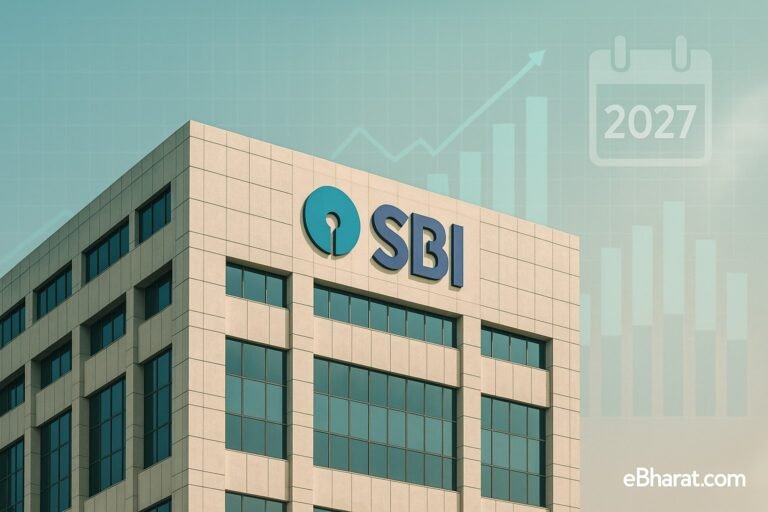
Mumbai | Oct 8, 2025, 17:30 IST — In its latest Economy Observer release, Dun & Bradstreet (D&B) signals a moderation in India’s industrial momentum and further easing of inflation pressures. The analytics firm forecasts that Index of Industrial Production (IIP) growth will ease to 3.8 %, while Consumer Price Index (CPI) inflation is expected to soften to 1.8 %.
Key Forecasts & Drivers
- IIP Cooling: D&B sees industrial growth decelerating from stronger levels earlier in the year, reflecting moderation in manufacturing, mining, and power sectors.
- Inflation Decline: The CPI forecast of 1.8 % points to continued disinflation, largely supported by soft food prices, benign commodity trends, and favourable base effects.
- Underlying Trends: The report notes that while headline inflation is cooling, sectors like services, logistics, and energy will be closely watched for signs of stickiness.
What’s Behind the Slowdown & Ease
Industrial Growth Pressures
Several factors may weigh on industrial output:
- Weak external demand: Export headwinds from global economic softness could affect sectors like electronics and engineered goods.
- Base effects: High year-earlier comparisons may limit growth in some manufacturing segments.
- Commodity costs & supply chains: Any resurgence in input costs or disruptions could dampen margins and output plans.
Inflation Dynamics
The downward pressure on consumer inflation is likely to be sustained by:
- Softening food inflation: Seasonal yields and improved supplies may ease pressure from vegetables, pulses, etc.
- Cooling global commodity cycles: Lower crude oil and raw material prices assist in removing inflation tailwinds.
- Monetary policy discipline: With the Reserve Bank of India maintaining vigilance, inflation expectations remain anchored.
Implications for Policy & Markets
- Monetary easing window: With inflation forecast to remain well below earlier peaks, D&B’s outlook strengthens expectations for further rate cuts by the RBI.
- Credit & investment: Slower industrial growth may incentivize policy measures to revive capex and credit offtake, especially in infrastructure, SMEs, and manufacturing.
- Market sentiment: Lower inflation could reinforce stability in bond yields, improving conditions for fixed-income and debt capital markets.
- Sectoral focus: Growth may shift more heavily toward services and consumption, with manufacturing playing a cautious supporting role.
Risks & Watchpoints
- Supply shocks: Unseasonal weather, geopolitical disruptions, or commodity price reversals could reverse the disinflation trajectory.
- Fiscal slippage: If government spending ramps up sharply, inflationary pressures may resurface.
- External volatility: Currency depreciation or global rate shocks remain a wild card for inflation and cost structures.
Outlook
Dun & Bradstreet’s October Economy Observer paints a picture of a calmer inflation environment paired with moderating industrial growth. For policymakers, markets, and businesses, the key challenge will be to balance growth support without reigniting inflation.
As India heads into the final quarter, all eyes will be on how real activity holds up, how inflation expectations evolve, and whether RBI moves decisively to support demand without losing price stability.
Why It Matters: The forecast underscores India’s transition into a phase of subdued inflation and measured growth — an environment in which monetary policy calibration and structural reforms will take center stage.












